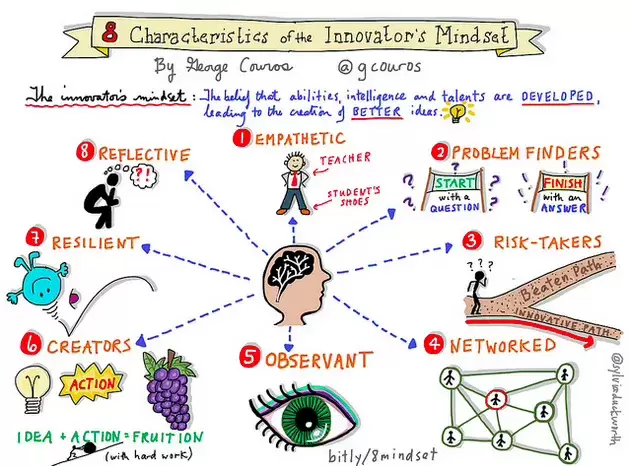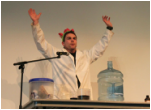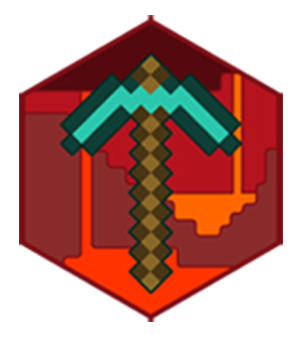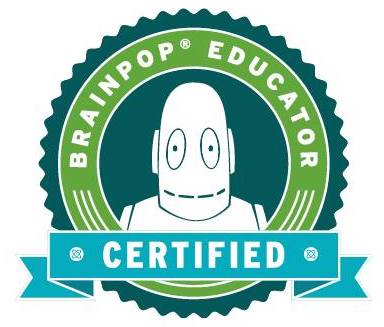|
In his book The Innovator's Mindset, George Couros emphasizes the importance of embracing change, taking risks, and nurturing creativity in students and educators. He encourages a shift away from simply complying with rules and norms and toward fostering curiosity, exploration, and adaptability.
However, translating these ideas into classroom practice can be challenging, especially for educators without business experience. Innovation can mean different things, even within the business community, let alone in education. Without relevant experience, educators may struggle to create or recognize an innovative environment. So, what does an innovative classroom look like? This series of posts aims to help educators - whether experienced or not - begin to cultivate a culture of innovation in their classrooms. It's essential to remember that Couros' innovator's mindset is a guiding principle rather than a strict blueprint. Implementing such an environment in a class with up to 40 students and limited resources over a year is undeniably tricky. Moreover, data consistently shows that traditional methods like rote learning in subjects such as math and language still yield effective results. Hence, discarding traditional approaches entirely in favour of innovation may be premature. Nevertheless, there are opportunities to encourage students' critical thinking and questioning by strategically integrating projects that align with Couros' principles of innovation. It's important to note that while 10-year-olds may possess remarkable creativity, their ability to apply innovation strategies consistently may be limited due to their frontal lobe development and lack of life experience. This doesn't mean they can't innovate; instead, we should adjust our expectations accordingly. Now, let's discuss how educators can foster an innovative mindset among their students. Challenge-Based Learning (CBL) is an approach that engages students in solving real-world problems. Teachers present a broad issue or question, and students generate their own questions to explore the topic. This method, which spans various subjects, allows students to personalize their learning experiences and fosters intrinsic motivation. For example, in a science unit on space, students could explore the future of humanity in interplanetary travel. They might investigate the possibility of life on other planets or the challenges of establishing a human colony on Mars. Students develop critical thinking skills through independent and group inquiry while addressing complex issues. Genius Hour, inspired by Google's practice, allows students to explore topics of personal interest. While providing students with freedom, teachers offer guidance to ensure meaningful learning experiences. This structured approach encourages students to explore their passions and develop skills like problem-solving and self-direction. Makerspace and Minecraft Fridays provide opportunities for hands-on, creative exploration. Teachers can allocate time during the week for students to work on innovative projects or set aside dedicated sessions, like Friday afternoons, for collaborative problem-solving activities. These initiatives not only foster creativity but also encourage teamwork and resilience. Minecraft Education, a popular game among students, offers a sandbox environment for creative expression and problem-solving. By integrating Minecraft into the curriculum, teachers can leverage students' interests to promote innovative learning experiences. While these strategies are not new, they remain effective in cultivating an innovative culture in the classroom. The goal is not to produce the next Space X rocket but to equip students with the skills and mindset to navigate an ever-changing world. By embracing innovation, we empower students to dream big and overcome challenges, preparing them for the uncertainties of the future. Comments are closed.
|
Time to reinvent yourself!Jason WoodScience teacher, storyteller and workout freak. Inspiring kids to innovate. Be humble. Be brave. Get after it!
|







 RSS Feed
RSS Feed